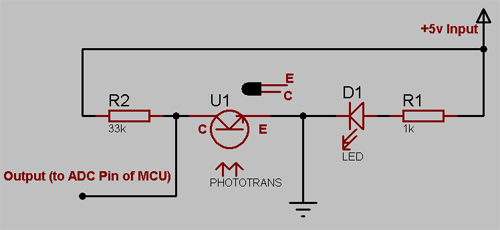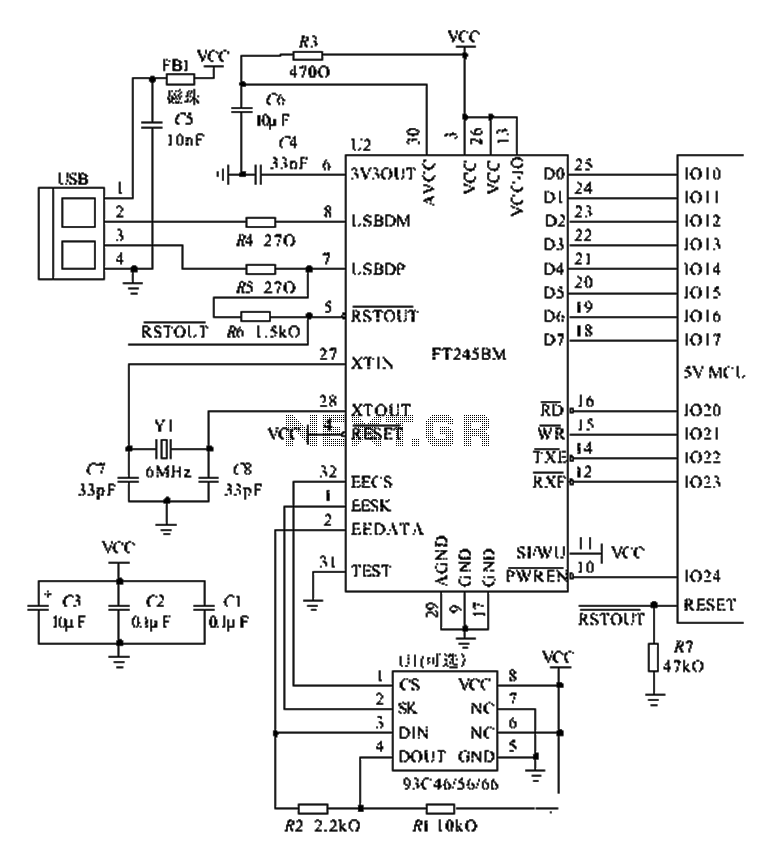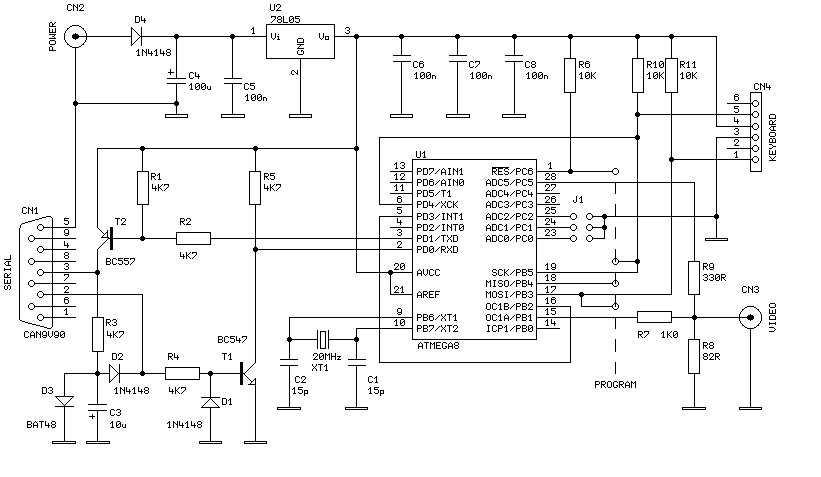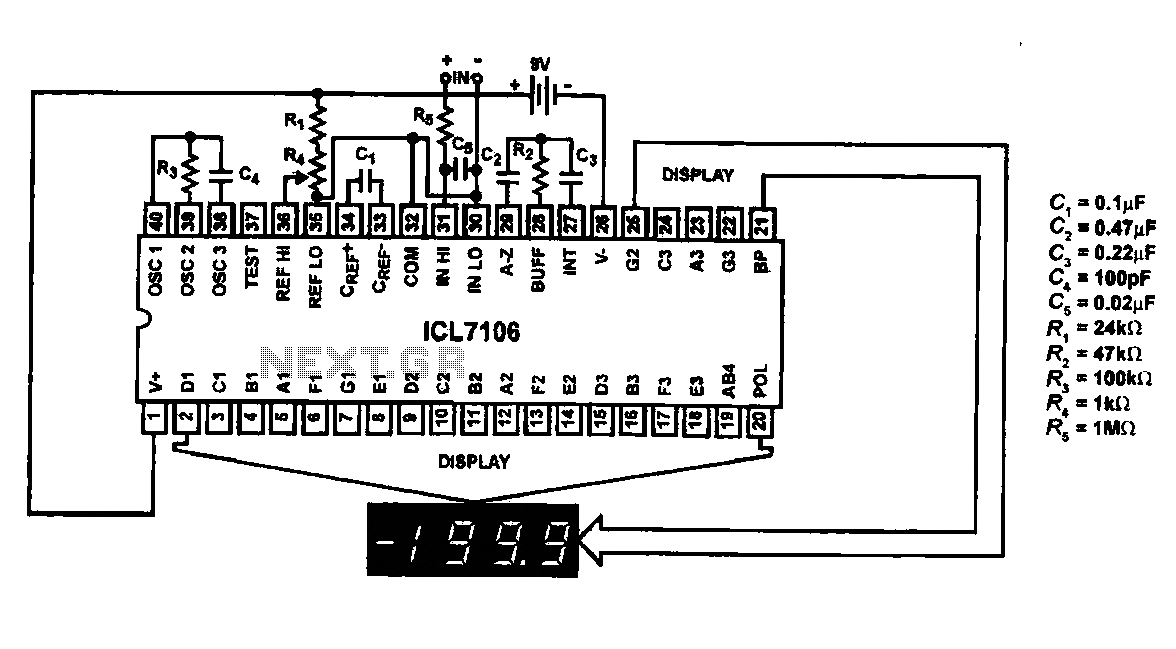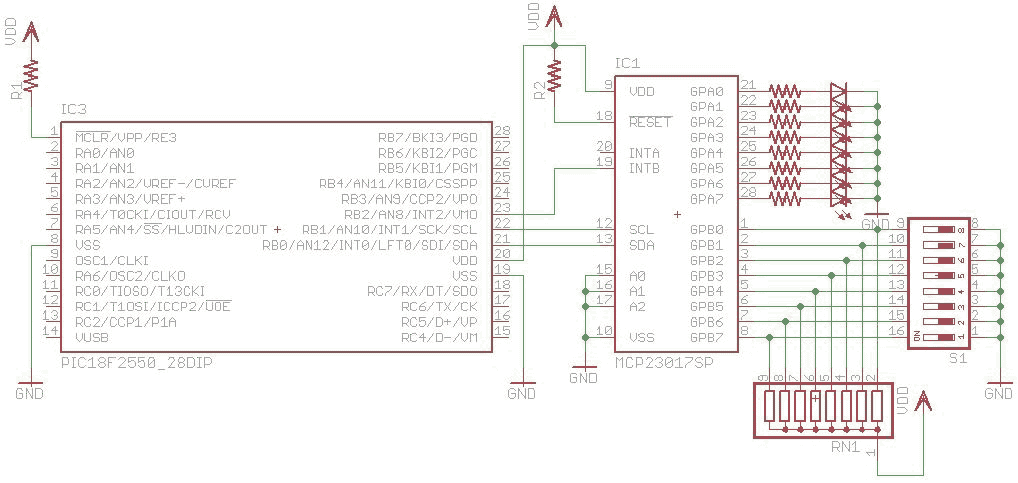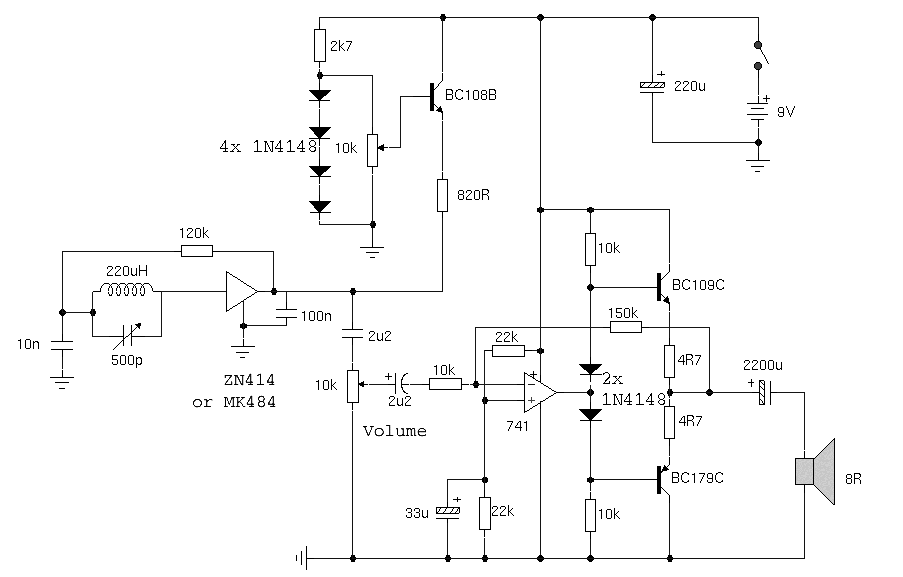
pic programmer using pic16f83

NOPPP is a straightforward programmer designed for the PIC16C84, PIC16F83, and PIC16F84(A) microcontrollers. It connects to the parallel port of a PC. Plans for this device were published in a magazine.
The NOPPP programmer is an essential tool for developers working with the specified PIC microcontrollers, providing a cost-effective solution for programming and debugging. The device utilizes the parallel port interface, which allows for direct communication between the programmer and the PC, facilitating the transfer of program data to the microcontroller.
The circuit design typically includes a series of resistors, capacitors, and transistors to interface the parallel port signals with the microcontroller's programming pins. The programmer operates by sending specific voltage levels and pulse sequences that correspond to the programming commands required by the microcontrollers.
Key components in the schematic may include a 74HC14 hex inverter, which can be used to condition the signals from the parallel port, ensuring that they meet the required logic levels for the microcontroller. Additionally, a set of diodes may be incorporated to protect against reverse polarity and to ensure that the voltage levels do not exceed the maximum ratings of the microcontroller.
The programmer is designed to be powered directly from the parallel port, eliminating the need for an external power supply. This feature enhances portability and ease of use, making it suitable for both hobbyists and professionals.
Overall, the NOPPP programmer represents a valuable resource for anyone working with PIC16C84, PIC16F83, and PIC16F84(A) microcontrollers, providing an accessible means to program and test applications efficiently.NOPPP is a simple programmer for PIC16C84, PIC16F83, and PIC16F84(A) microcontrollers. It attaches to the parallel port of a PC. Plans were published in El.. 🔗 External reference
The NOPPP programmer is an essential tool for developers working with the specified PIC microcontrollers, providing a cost-effective solution for programming and debugging. The device utilizes the parallel port interface, which allows for direct communication between the programmer and the PC, facilitating the transfer of program data to the microcontroller.
The circuit design typically includes a series of resistors, capacitors, and transistors to interface the parallel port signals with the microcontroller's programming pins. The programmer operates by sending specific voltage levels and pulse sequences that correspond to the programming commands required by the microcontrollers.
Key components in the schematic may include a 74HC14 hex inverter, which can be used to condition the signals from the parallel port, ensuring that they meet the required logic levels for the microcontroller. Additionally, a set of diodes may be incorporated to protect against reverse polarity and to ensure that the voltage levels do not exceed the maximum ratings of the microcontroller.
The programmer is designed to be powered directly from the parallel port, eliminating the need for an external power supply. This feature enhances portability and ease of use, making it suitable for both hobbyists and professionals.
Overall, the NOPPP programmer represents a valuable resource for anyone working with PIC16C84, PIC16F83, and PIC16F84(A) microcontrollers, providing an accessible means to program and test applications efficiently.NOPPP is a simple programmer for PIC16C84, PIC16F83, and PIC16F84(A) microcontrollers. It attaches to the parallel port of a PC. Plans were published in El.. 🔗 External reference
